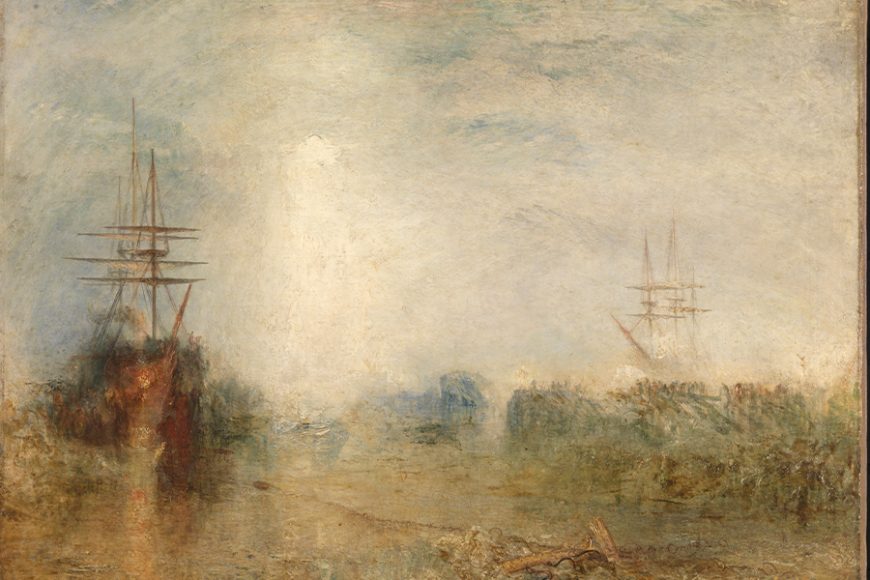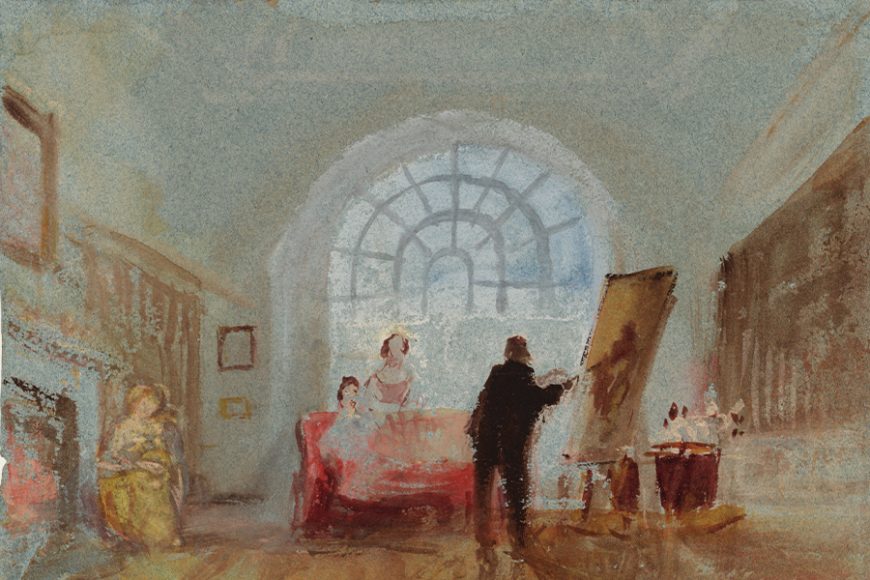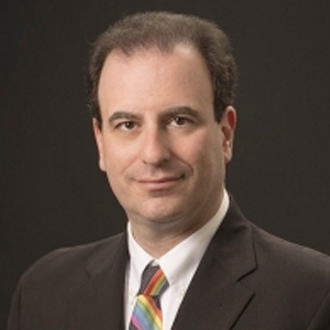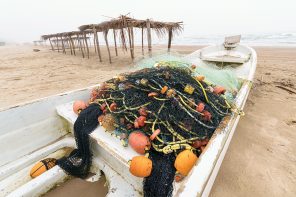“J.M.W. Turner: Watercolors From Tate” is one of the most highly anticipated exhibits of the fall, comprising 90 works by the British artist — including paintings that have never been shown on this side of the Atlantic.
But this exhibition, opening Oct. 5, will not be staged at one of New York City’s storied museums or within a Smithsonian gallery. Instead, the sole North American venue for the exhibition might come as a surprise to many culture vultures — Connecticut’s Mystic Seaport Museum.
And how did this unlikely location manage to one-up every other North American museum and secure the priceless Turners from London’s Tate? Says Nicholas Bell, senior vice president for curatorial affairs at the Mystic Seaport Museum: “Very simple, in a way — I went there and asked them for it.”
Actually, there is a bit more to the story than that. Rewind back to 2016 when the museum opened the Thompson Exhibition Building, a 14,000-square-foot building featuring a 5,000-square-foot exhibition hall. Bell says the structure “was built around the idea that the museum can run world-class presentations year round,” adding that the project’s architect envisioned a space that “needs to be good enough for Turner.”
Of course, Turner (1775-1851) is celebrated for creating some of the most visually dramatic maritime paintings of the late 18th and early 19th centuries. For Bell, Mystic Seaport’s mission of celebrating the full scope of the maritime experience seemed like the ideal location for displaying the artist’s celebrated works.
“In 2016, I had an opportunity to be in London,” Bell says. “I approached the Tate and explained who we are. They were very interested and agreed to take a chance on us.”
“J.M.W. Turner: Watercolors From Tate” is a distinctive presentation because it offers rare insight into the evolution of Turner’s creative process.
“He began doing watercolors as a boy, hanging watercolors in his father’s barbershop, and never abandoned the medium in the course of his life,” Bell says.
While Turner earned his fame and fortune via oil paintings, he used the watercolor format to flesh out creative ideas. He almost always traveled with a loose-bound sketchbook and a case of pencils and watercolor paints, pausing during his journeys to capture the imagery before him while also experimenting with light and color in a boldly arresting manner that many consider to be the forerunner of abstract art.
During his lifetime, he was considered by many to be Britain’s most gifted artist, although he did have one significant critic: Queen Victoria hated his work and even questioned his sanity. The monarch’s dislike for him was so intense that she refused to bestow a knighthood on Turner, despite giving the honor to lesser artists. Overlooking the royal snub, Turner wrote a will that passed his finished paintings to the nation after his death. The watercolors were not originally part of what became known as the Turner Bequest, but a peculiar twist of fate brought them into public view.
“The only reason we have access to the watercolors is because of a ridiculous court case in the 1850s,” says Bell, referring to an effort by “very greedy relatives” suing to retain control of the artist’s output. “The British government paid them off and acquired the entire contents of Turner’s output. The Turner Bequest is an absurdly voluminous record of one artist’s world.”
Indeed, the Turner Bequest consists of 300 oil paintings, 280 sketchbooks and more than 30,000 works on paper. For the new exhibition, the 90 watercolors on display are divided into six thematic sections covering the artist’s consideration of maritime subjects, as well as his take on landscapes and domestic interiors.
“Turner retrospectives tend to focus on oil paintings,” Bell says. “This is a rare opportunity to see works not normally loaned. Some of these works have never been seen in this country.”
“J.M.W. Turner: Watercolors from Tate” opened last year in Rome and traveled earlier this year to the Latin American capitals Buenos Aires and Santiago. In conjunction with its arrival in Mystic, the museum published “Conversations with Turner: The Watercolors,” a new book authored by Bell that includes interviews with 16 historians, scholars and artists. In order to create a greater sense of reader comfort, Bell framed the interviews as moderated conversations that can be followed in a Q&A format.
“There is an accessibility in these moderated conversations that you don’t often get with more scholarly conversations,” Bell says. “And it helps us understand why his work is so popular 170 years after his death. Against the odds, his works continue to look very fresh.”
“J.M.W. Turner: Watercolors from Tate” will be on display Oct. 5 through Feb. 23, 2020. The Mystic Seaport Museum is at 75 Greenmanville Ave. For more, call (860) 572-0711 or visit mysticseaport.org.






